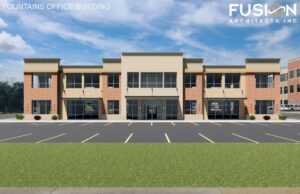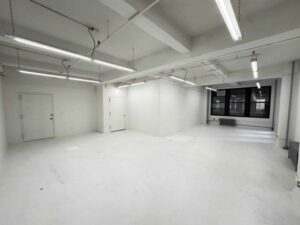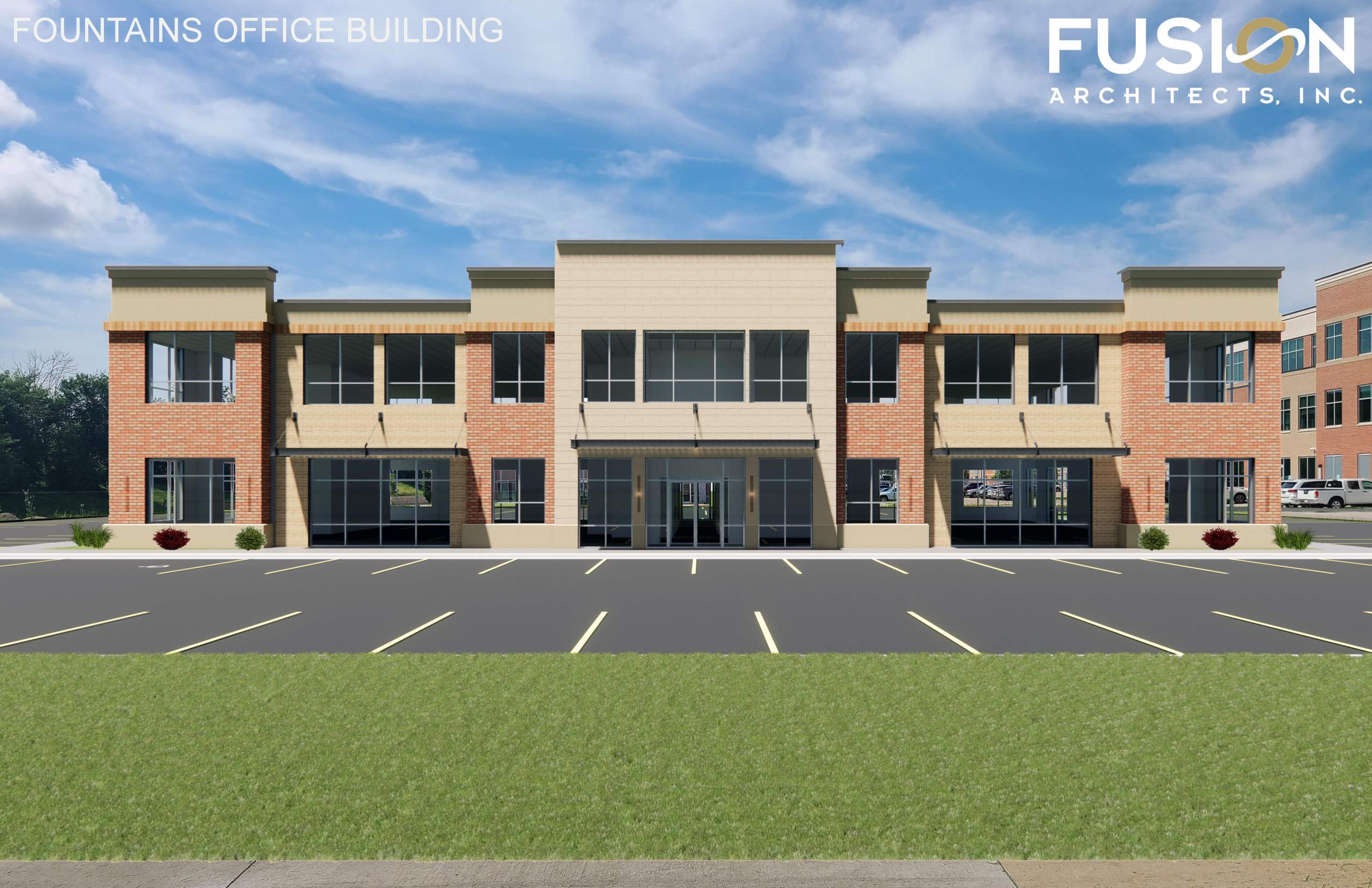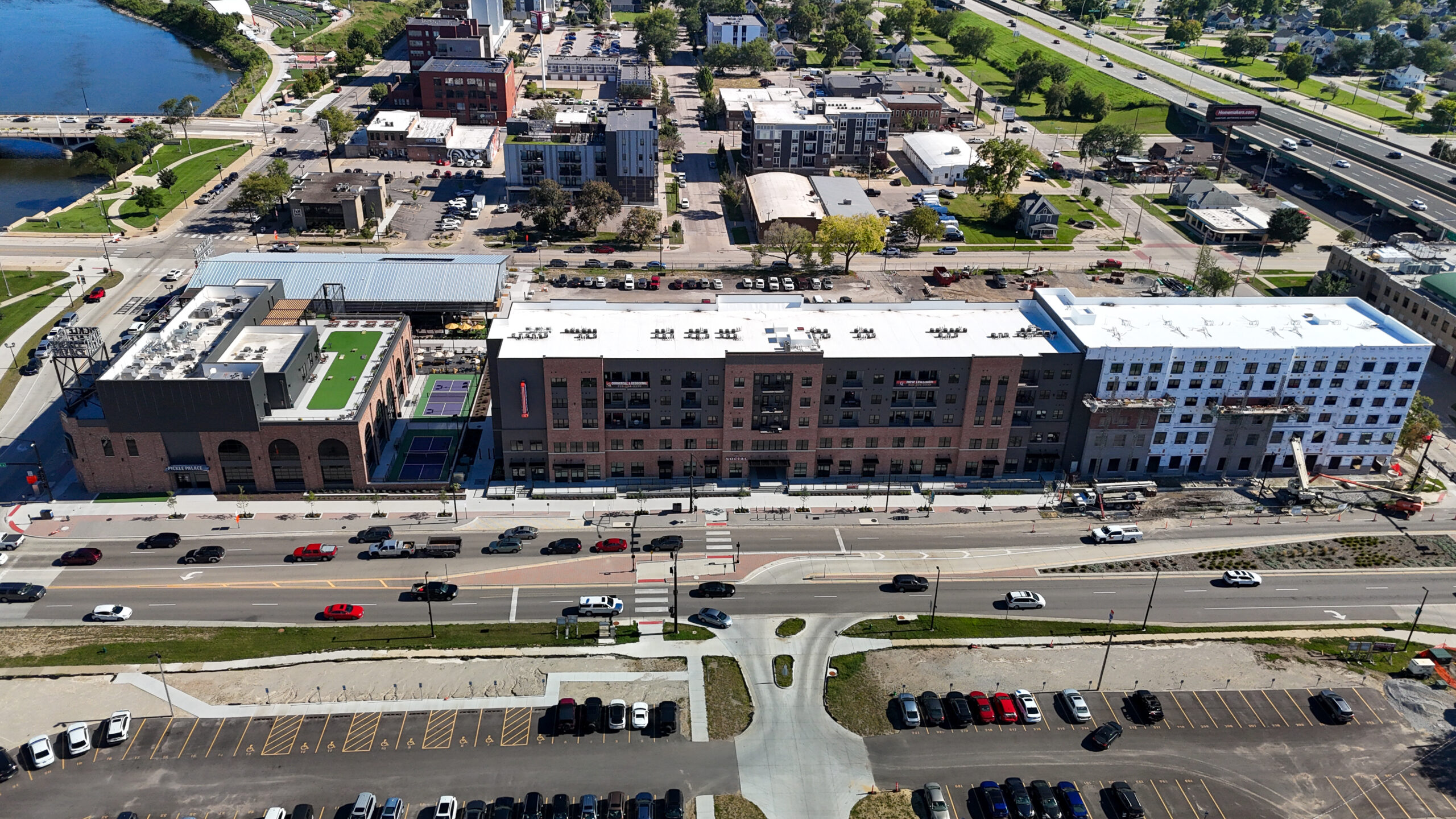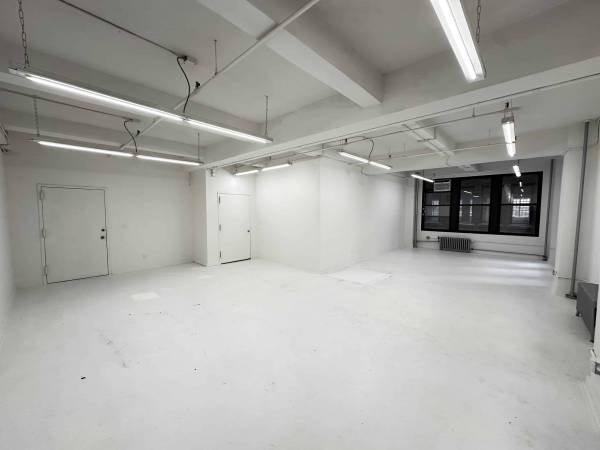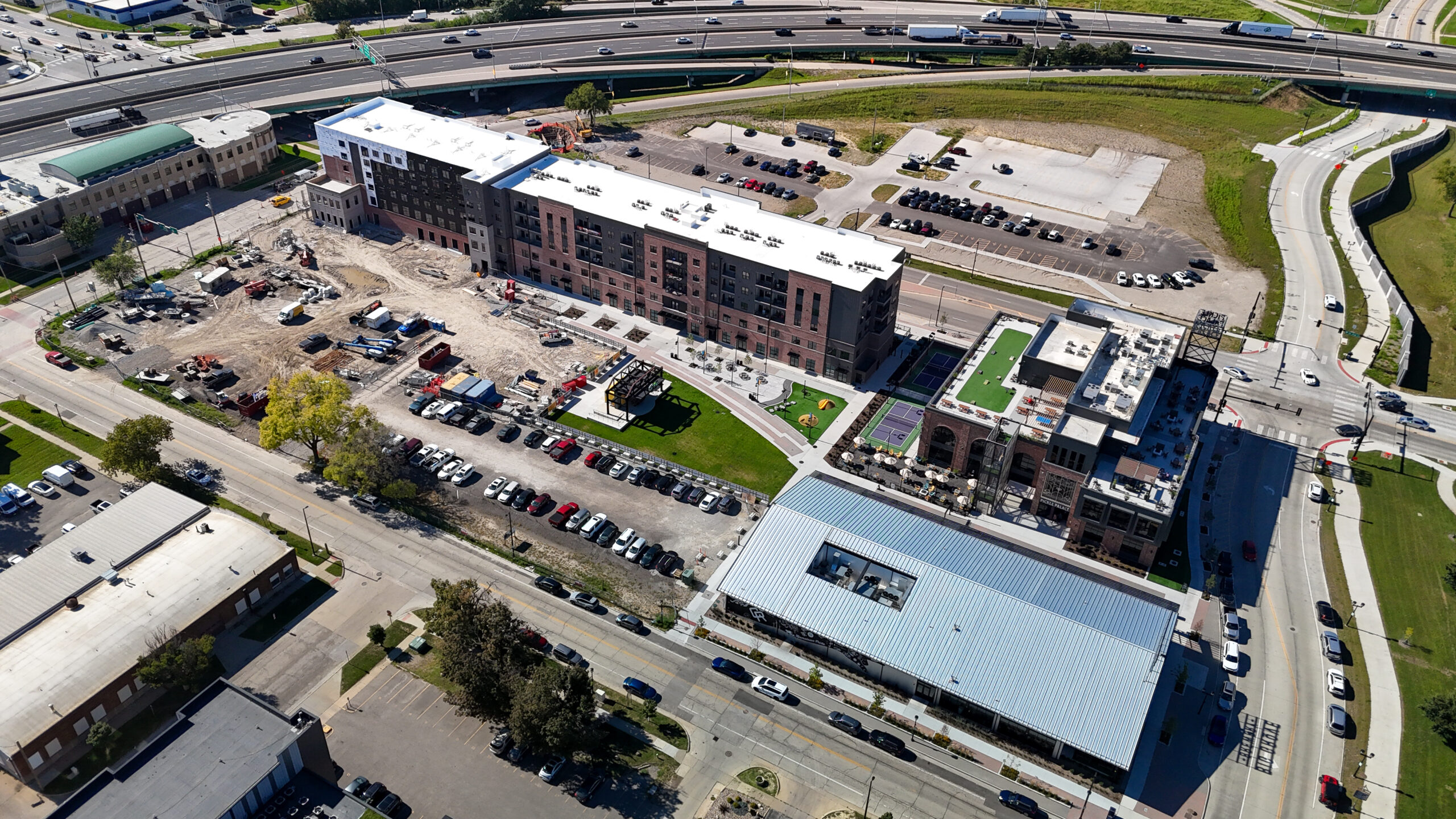Navigating the world of commercial real estate can be a challenging task, especially when it comes to understanding additional costs like Common Area Maintenance (CAM). In this blog post, we’ll break down CAM costs, shed light on what they entail, and explore the factors that can cause annual increases in these expenses for tenants in a Triple Net (NNN) lease.
Understanding CAM Costs:
Common Area Maintenance (CAM) costs refer to the expenses associated with operating and maintaining the shared areas and facilities within a commercial property. These common areas often include lobbies, hallways, parking lots, elevators, landscaping, and other shared spaces that benefit all tenants.
Factors Included in CAM Costs:
Property Management Fees: These fees cover the costs associated with overseeing and managing the property, including administrative tasks, security services, and general maintenance.
Utilities: CAM costs typically include expenses related to utilities for common areas, such as electricity, water, and gas.
Repairs and Maintenance: Regular upkeep, repairs, and maintenance of shared spaces and facilities fall under CAM costs. This ensures that the entire property remains in good condition.
Landscaping: Maintaining the exterior landscaping, including lawns, gardens, and outdoor spaces, is a common component of CAM costs.
- Snow and Ice Removal: Ensuring safe and accessible common areas during winter is an important aspect of CAM costs, covering snow and ice removal services.
Factors Influencing Annual Increases:
Inflation: As with any other expenses, CAM costs are subject to inflation. The rising prices of goods and services can contribute to an annual increase in these operating costs.
Increased Operating Expenses: If there’s a spike in the overall operating expenses for the property, tenants may see a corresponding increase in their CAM costs.
Capital Improvements: Major upgrades or renovations to the property, such as installing a new HVAC system or updating common areas, may lead to an increase in CAM costs.
Market Conditions: Fluctuations in the real estate market can impact CAM costs. If property values rise, it can influence the expenses associated with property management, insurance, and other operational aspects.
Conclusion:
Understanding CAM costs is crucial for tenants in commercial real estate, especially those in Triple Net leases. By demystifying these expenses and recognizing the factors that can cause annual increases, tenants can better plan for their operational costs and maintain a transparent and collaborative relationship with landlords. Remember to review lease agreements carefully and engage in open communication with property owners to ensure a clear understanding of CAM costs and their potential variations.


